Kitchen Smoke Detectors
ZacsDaddy
13 years ago
Featured Answer
Comments (19)
ReginaLiz
13 years agobigdoglover
13 years agoRelated Professionals
Arlington Kitchen & Bathroom Designers · Cuyahoga Falls Kitchen & Bathroom Designers · Leicester Kitchen & Bathroom Designers · Salmon Creek Kitchen & Bathroom Designers · White House Kitchen & Bathroom Designers · Reedley Kitchen & Bathroom Designers · Feasterville Trevose Kitchen & Bathroom Remodelers · Plainview Kitchen & Bathroom Remodelers · Key Biscayne Kitchen & Bathroom Remodelers · Skokie Kitchen & Bathroom Remodelers · Tuckahoe Kitchen & Bathroom Remodelers · Shaker Heights Kitchen & Bathroom Remodelers · Norfolk Cabinets & Cabinetry · Warr Acres Cabinets & Cabinetry · Brentwood Tile and Stone ContractorsStacey Collins
13 years agoZacsDaddy
13 years agoUser
13 years agoStacey Collins
13 years agobrendainnj
13 years agotimber.j
13 years agoMCMesprit
13 years agopinch_me
13 years agolithigin
13 years agoReginaLiz
13 years agodseng
13 years agoTom
13 years agorob from nj
13 years agoZacsDaddy
13 years agoisletwoisle
13 years agoJonathan Miller
7 years ago
Related Stories
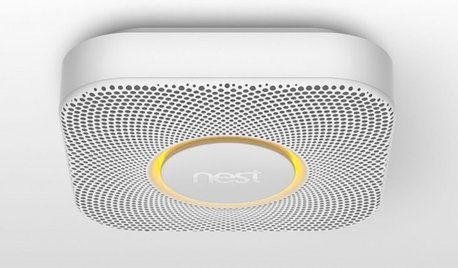
HOME TECHBetter, Smarter Smoke Detectors Push All the Right Buttons
No more bashing in that smoke detector with a broomstick at 3 a.m. — if you haven't already yanked it out. Welcome the new, civilized breed
Full Story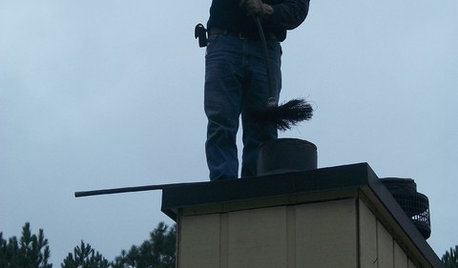
HOUSEKEEPING12 Steps to a Safe, Cozy Home for a New Year
From smoke detectors to furnace filters, let January 1 be a reminder of some must-dos around the house
Full Story
KITCHEN APPLIANCESLove to Cook? You Need a Fan. Find the Right Kind for You
Don't send budget dollars up in smoke when you need new kitchen ventilation. Here are 9 top types to consider
Full Story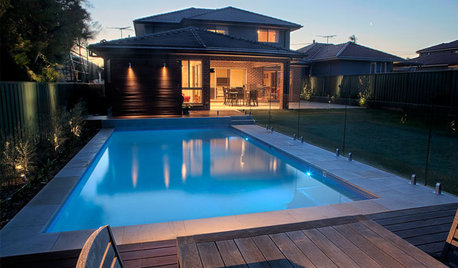
GARDENING AND LANDSCAPINGPlan for Summer: Protect Your Family With a Safe Pool
Fencing, presence detectors and non-slip materials help keep your pool area accident-free
Full Story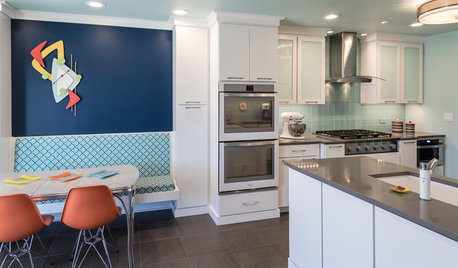
KITCHEN OF THE WEEKKitchen of the Week: Fans of Traditional Style Go For a ‘Mad Men’ Look
The TV show inspires a couple to turn their back on the style they knew and embrace a more fun and funkier vibe in their kitchen
Full Story
KITCHEN APPLIANCESWhat to Consider When Adding a Range Hood
Get to know the types, styles and why you may want to skip a hood altogether
Full Story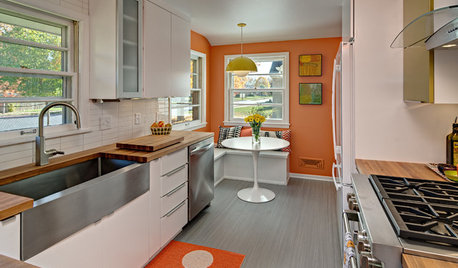
KITCHEN OF THE WEEKKitchen of the Week: Midcentury Meets Sweden in Minneapolis
A fun, retro-style makeover gives an aging galley kitchen a fresh look with a nod to the past
Full Story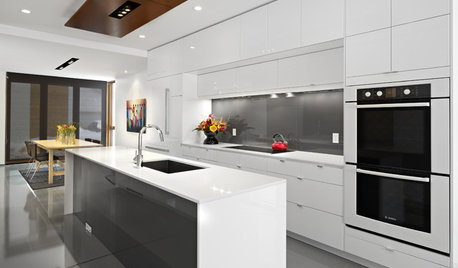
KITCHEN APPLIANCESFind the Right Oven Arrangement for Your Kitchen
Have all the options for ovens, with or without cooktops and drawers, left you steamed? This guide will help you simmer down
Full Story
KITCHEN DESIGN16 Practical Ideas to Borrow From Professional Kitchens
Restaurant kitchens are designed to function efficiently and safely. Why not adopt some of their tricks in your own home?
Full StoryMore Discussions









katsmah